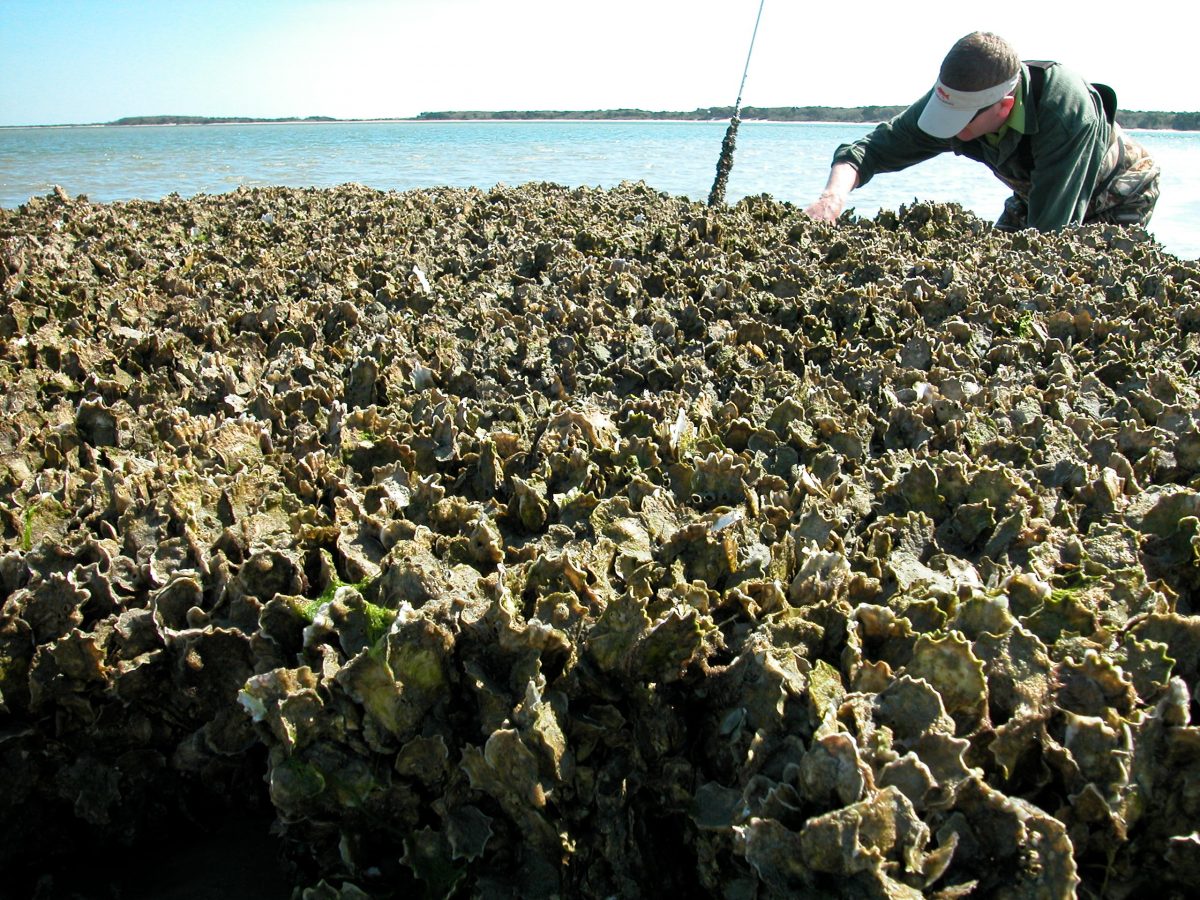
A study ordered by the legislature has scientists taking a deep dive into North Carolina’s fisheries management to help the future of state-regulated coastal marine species.
The North Carolina General Assembly in the 2021-22 state budget tasked researchers with a “Study of the Coastal and Marine Fisheries of the State” to come up with recommendations on ways the state might improve how it manages 13 regulated species.
Supporter Spotlight
To do this, researchers are examining a multitude of information gathered over the past few decades and study trends in everything from water temperatures to commercial harvest patterns.
The study, led by a team of nine researchers who fall under the umbrella of the North Carolina Collaboratory, is expected to wrap sometime next year. The legislature created the policy research entity in 2016. The Collaboratory is to share its recommendations to state lawmakers no later than June 30, 2025.
That deadline was bumped from June 30 of this year, which marks the 27th anniversary of the Fisheries Reform Act of 1997 and the 50th anniversary of the Coastal Area Management Act, or CAMA.
Estuarine ecologist Joel Fodrie, a professor at the University of North Carolina Chapel Hill’s Institute of Marine Sciences in Morehead City, is one of the nine principal investigators who began working on the study in 2022.
“It took the better part of a year I feel like for the (principal investigators) to be able to wrap our minds and some of our time around the vast amount of data that we could bring to bear on, but also drawing data from other states,” Fodrie told Coastal Review in a telephone interview last week. “We spent the better part of that year really focusing on building that library so that we could engage in a meaningful way and not be drawn in too many directions.”
Supporter Spotlight
The investigators have enlisted the help of post-doctoral and graduate students and technicians from their respective universities, which include UNC Chapel Hill, North Carolina State University, UNC Wilmington and East Carolina University.
The team is studying bay scallop, blue crab, eastern oyster, estuarine striped bass, hard clam, kingfishes, red drum, river herring, sheepshead, shrimp, southern flounder, spotted seatrout and striped mullet.
Fodrie discussed in a webinar last week just how extensive the study is, explaining that researchers will weigh how North Carolina’s management of these species compare to other state and federal management programs of the same species.
“Are those states performing at a higher level in the conservation and management of those,” species, he said. “We view this as the way that we will contextualize and define the status of our resources at the moment.”
The North Carolina Fishery Management Plan is reviewed and updated annually for species under state, federal and Atlantic States Marine Fisheries Commission management, where the state is directly involved in the management plan. Yearly updates are presented to the Marine Fisheries Commission.
The study is taking a novel, broad view of fisheries by looking at collections of data including things like river flow, rainfall, atmospheric temperature, water temperature and nutrient loading, and things like North Carolina’s coastal population boom over the past 40 years.
“We’re trying to manage the system as coastal populations in North Carolina are growing,” Fodrie said. “We’re trying to tease apart the effects of fishing versus habitat loss versus perturbations like storm frequency or intensity.”
Researchers are also factoring in the changing climate, looking at things like how warming water temperatures might affect where some species gather.
Commercial and recreational fishing trends are also being taken into account.
During the webinar, Fodrie shared a graph that showed the ratio of permitted small commercial vessels to large commercial vessels to illustrate the complexity of the data the researchers are examining.
“As you move down this graph, there’s relatively more large vessels. As you move up the graph, there’s relatively more small vessels and this changes over a 10-year scale for reasons that I don’t fully understand,” he said. “And how might this affect different aspects of the fisheries that we care about?”
The research team is to periodically update North Carolina Collaboratory Executive Director Jeff Warren of the group’s progress. Warren coordinates the center’s research and reports to the General Assembly.
Fodrie explained that the study is an independent analysis of “how things are going” on a broad scale and what may be potential drivers, either environmental or human, of management.
“However, having said that, it would be ridiculous not to want to seek out and receive knowledgeable stakeholder feedback,” he said.
Fodrie said that members of the public who have questions or would like to provide feedback may contact him or any one of the other principal investigators.
They include Janet Nye and Nate Hall with UNC-IMS, Elizabeth Havice with UNC Chapel Hill, Jim Morley and Eric Wade with the at the Coastal Studies Institute on the ECU Outer Banks campus, Rachel Gittman with ECU, Fred Scharf with University of North Carolina Wilmington, and Jeff Buckel with N.C. State University’s Center for Marine Sciences and Technology, or CMAST.








